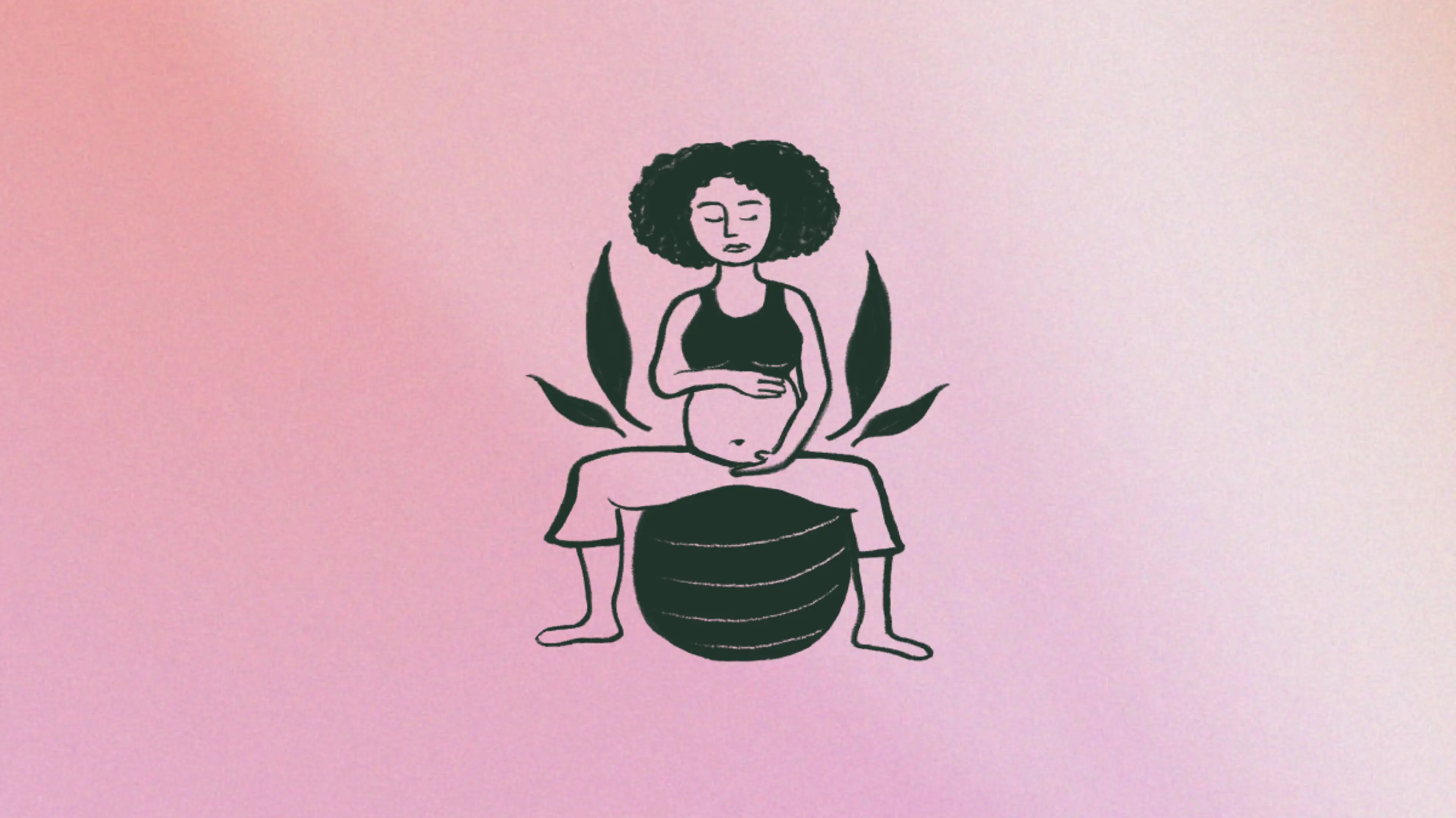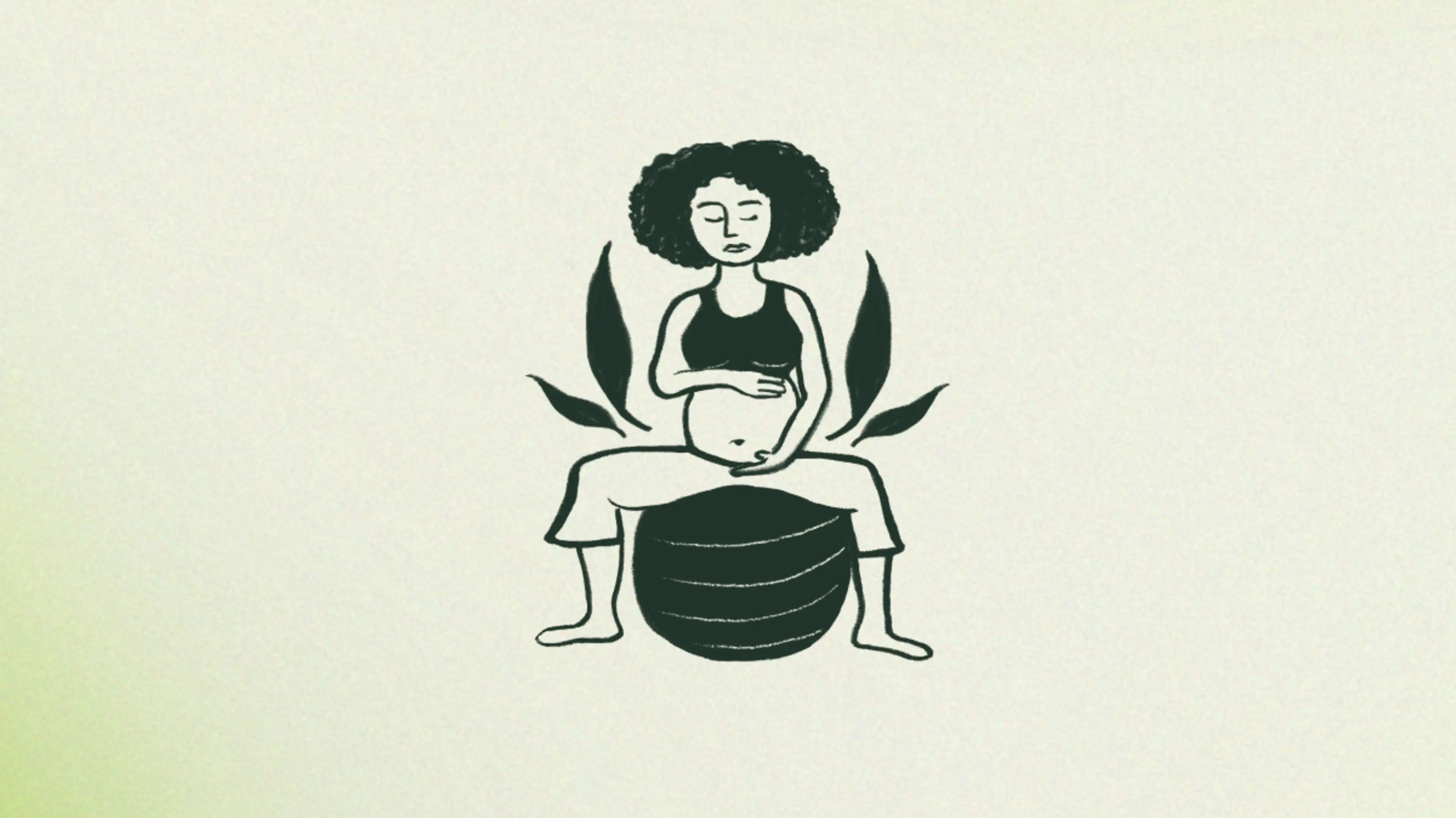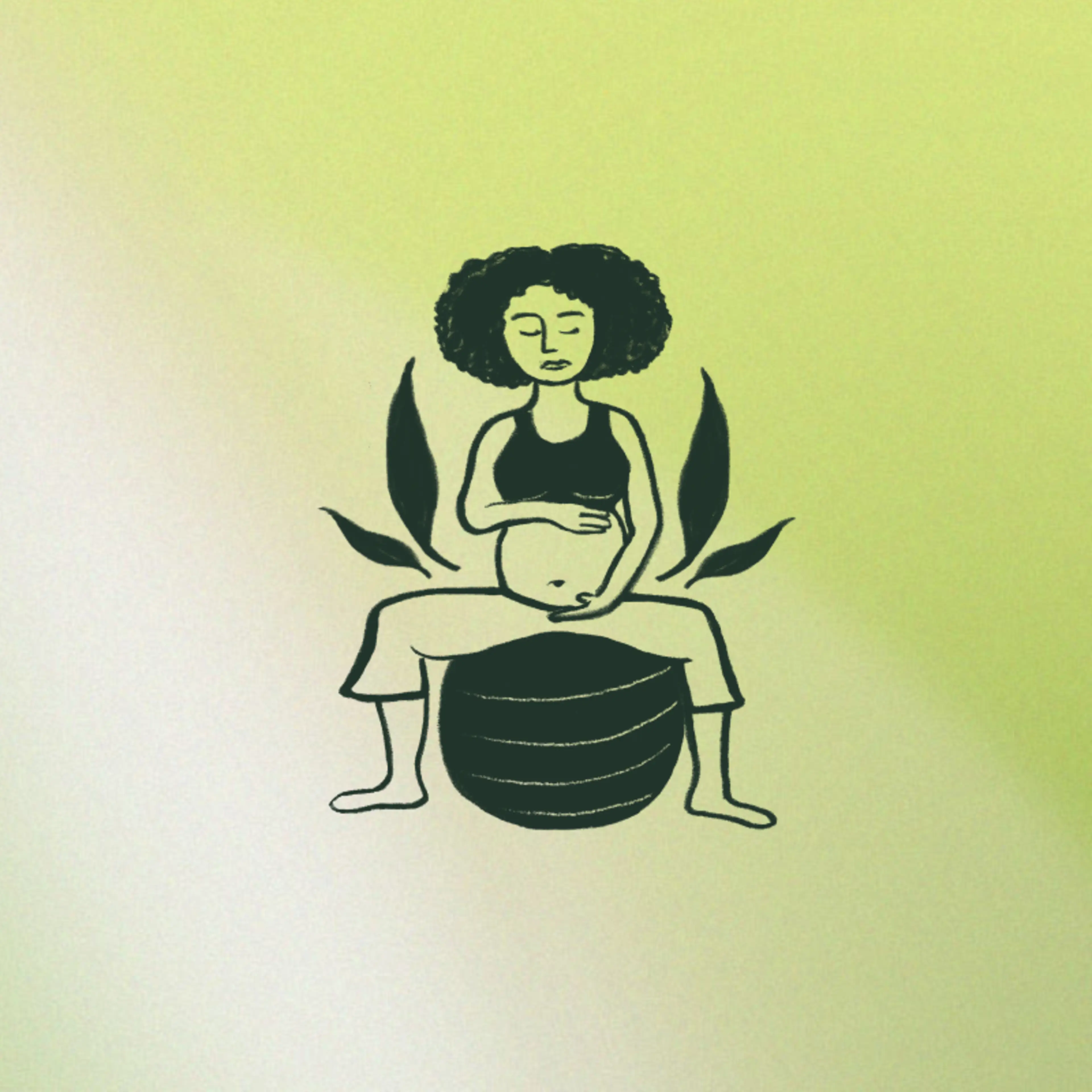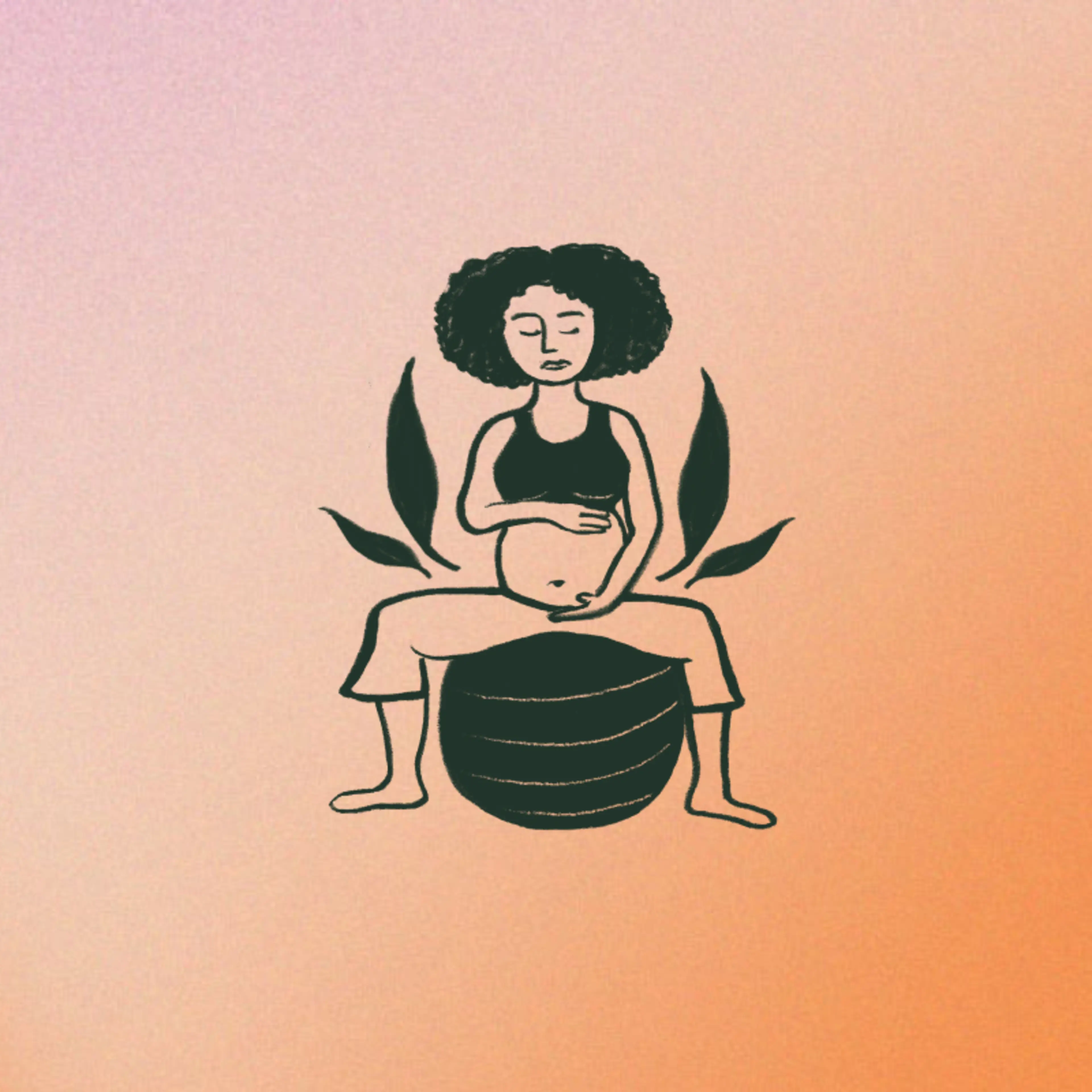The labor shakes, which look like uncontrollable shivering, are a normal physiological part of the labor and delivery process. They can happen in both vaginal delivery and C-section delivery, and they’re a reflection of hormonal shifts, temperature shifts, and fluid shifts that occur throughout labor and after delivery. They can also be related to epidural and anesthesia. Labor shakes can last up to an hour after delivery, but they do go away.
Keep in mind that labor shakes shouldn’t be confused with the development of fever or chills, which can occur in multiple episodes over several hours or days and is a cause for concern. Fever during labor could be a sign of infection, including sepsis, or a side effect of the medication Cytotec (used to control blood loss after delivery). On the other hand, labor shakes can feel uncomfortable, but they’re not uncommon and aren’t usually a sign of complication.






